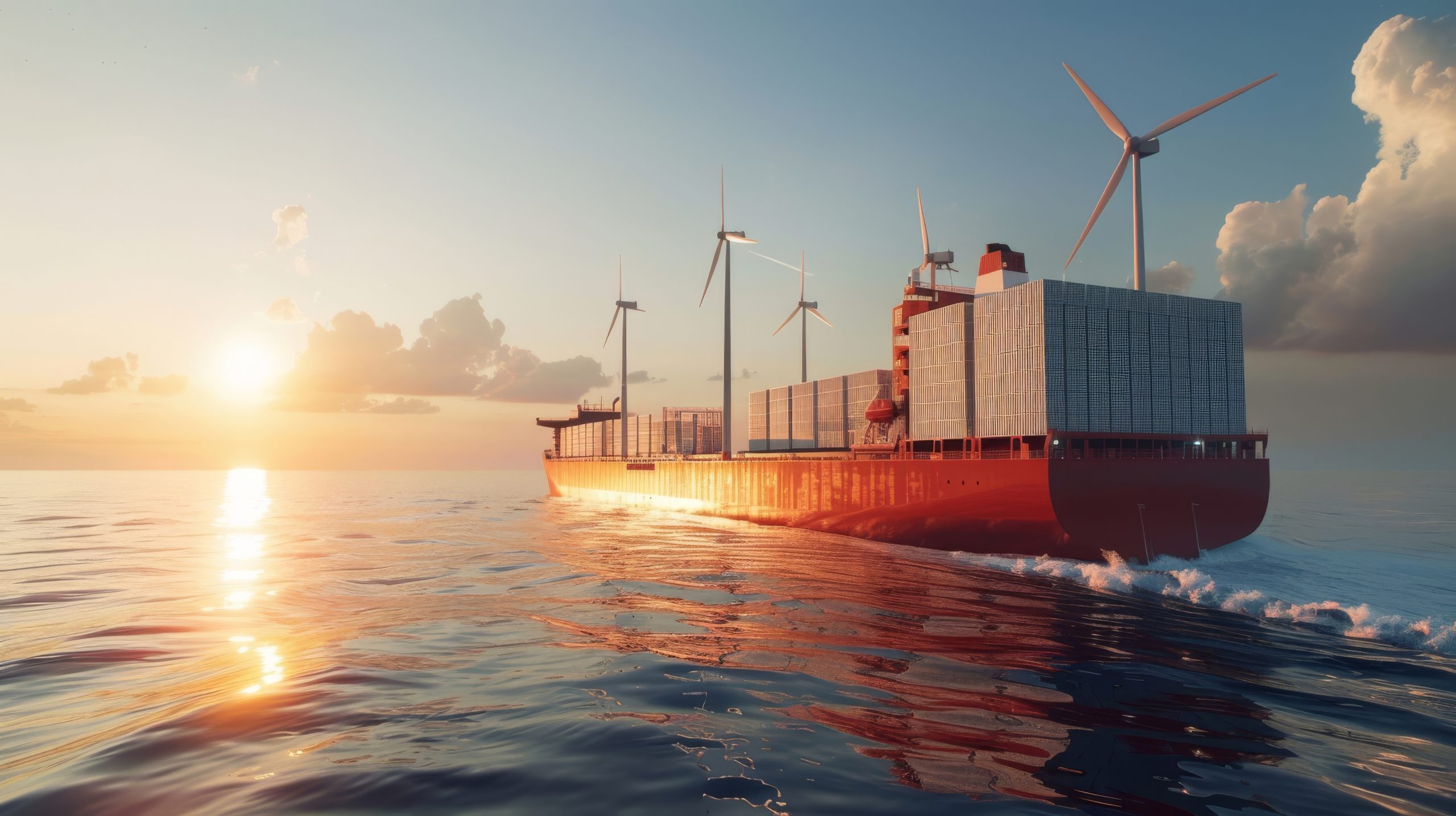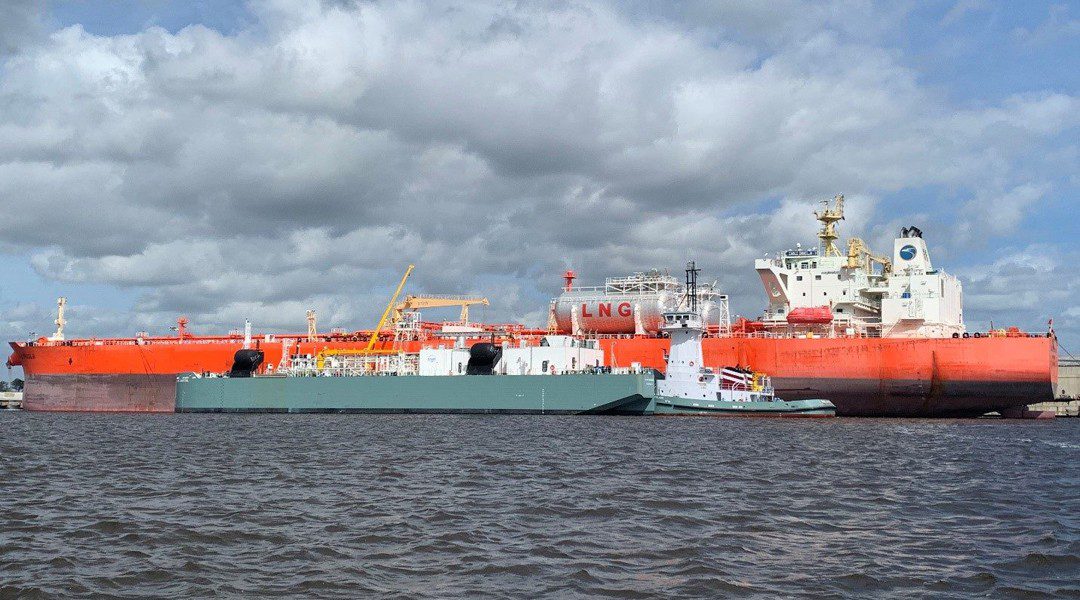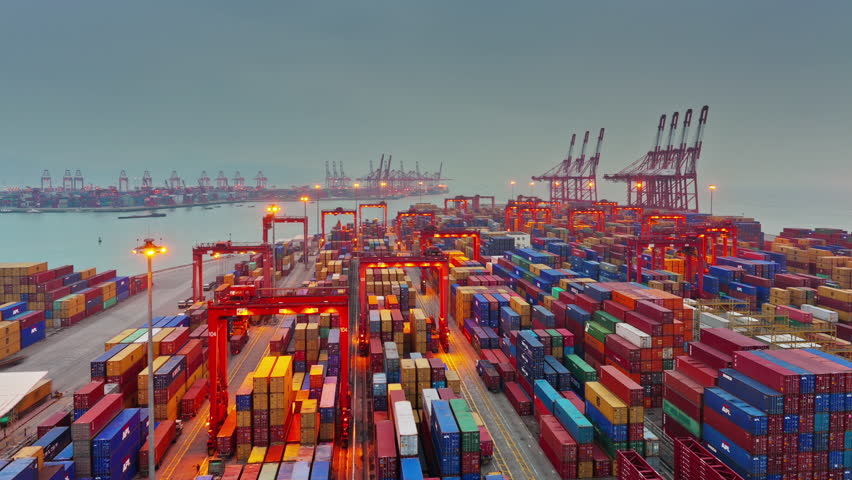Genoa – The traditional seminar on the trend of maritime freight rates, organized every year by the Young Group of Assagenti and included this week in the Genoa Shipping Week schedule, examined for the first time the current and future scenario of various types of ships: not only bulk carriers and container ships but also general cargo, ro-ro, pure car truck carriers, and project cargo ships. If the analyses and forecasts are correct, the future looks bright for some of these sectors, while others will experience less favorable economic periods.
The market context was described by Ettore Greco (Institute for International Affairs) and by Massimo Deandreis (Srm). The first highlighted the “conflict destined to continue with possible escalation between the USA and China”, the “centrality of technological innovation” with consequent opportunities and risks, the “imperative of flexibility for companies with investment strategies that give more space to prevention and risk management” and finally the “crucial role of multilateral cooperation in support of this adaptive effort for companies”. The second firstly emphasized how “geopolitical tensions, trade policies, and changes in navigation routes have led to a significant increase in ton-miles in 2024”. This factor, by definition, contributes to an upward push in freight rates for sea traffic. Deandreis, however, also focused on the decoupling in trade between China and the USA: “Also due to the effect of tariffs, there will be fewer and fewer direct traffics and an increase in those mediated by Southeast Asian countries and from China to Europe and the American Gulf.”
According to the director of Srm, furthermore, “the Arctic route is not an imminent threat considering that today almost a hundred ships have transited from the north compared to 12,740 passages via Suez in 2024 despite the insecurity of the Red Sea. Suez remains absolutely central.” In the sea transport of containers, in addition to the drop in freight rates recorded in recent months, a concern for the future is the 10 million TEU (record level) of hold capacity under construction (30.4% of the existing fleet).”
According to Carlo Binello (Cma Cgm) “the effect of the many new ships arriving will be partially offset by the demolition of older vessels (today scrap is at a minimum) and by the ecological transition which will impose a renewal of the fleets. Alphaliner’s forecasts indicate 400,000 TEU destined for demolition in the two-year period 2026-2027.”
Operational bottlenecks could also help support container shipping prices: “In this regard, the Mediterranean is well below what happens elsewhere in terms of waiting times to work ships. Often today it is difficult to maintain the regularity of the line and sometimes shipowners have to impose blank sailings to recover. Therefore, it is not certain that freight rates are destined to fall if the shipowner needs more ships to serve the same line due to operational criticalities that lengthen the times.”
Particularly interesting was Binello’s statement regarding the fact that “today there are also shippers who do not want to transit via Suez due to insurance cost issues, so we think a return to navigation in the Red Sea will not happen in the very short term.
In the future, efforts will be made to diversify the risk of operational disruption in maritime transport and logistics chains by proposing both lines that pass through Suez and others intended to circumnavigate Africa.
Another interesting aspect pointed out by Binello is “the growing demand for maritime lines to replace road transport” both for ecological reasons and for reasons related to the lack of truck drivers.
Increasing volatility and especially the effects of geopolitics and ongoing conflicts are being felt directly in the demand for maritime transport of liquid and solid cargoes. Enrico Paglia (banchero costa), examining the tanker market, first of all recalled that “15% of the transport capacity of tanker ships is under international sanctions (the so-called shadow fleet); for Aframax, one in four ships is subject to sanctions. The answer to the question ‘What will happen to these ships?’ will certainly define the trend of the liquid bulk market once the war in Ukraine is over”.
While waiting for this to happen, the technological push (the proliferation of data centers) will double energy consumption compared to current levels: “A huge increase in energy is expected in the next 5 years”. VLCC freight rates are recovering compared to 2024 because oil exports have grown significantly over the last 12 months (OPEC has not made any further production cuts since last April despite falling black gold prices). Regarding tankers for the transport of refined products, the LR2 and MR2 will be those with the highest number of deliveries in the three-year period 2025-2027.
Moving on to the examination of dry bulk, Paglia showed how freight rates recorded a contraction during 2024 due to a “strong slowdown in global demand. Since last summer, we have seen an increase in demand”. In this segment, “the trend of deliveries from shipyards of new bulk carriers is substantially in line with the recent past” and “geopolitical changes will be decisive in the future trend of freight rates”. The banchero costa analyst finally highlighted how “the prices of new ships and second-hand ships remain particularly high, very close to the records set in the past”, although “at the moment, those of newbuildings are starting to decrease slightly”.
Also regarding dry bulk, Lorenzo Giacobbe (broker at Januamar, as well as president of the Asagenti Young Group) presented a self-produced analysis of the small Handy ship market, a segment “that does not have an index” and “where the fleet is heterogeneous (there are 1,655 bulk carriers and 14,535 general cargo ships). The majority of operating ships are over 25 years old and the market is very polarized, with 70% of ships controlled by owners of Turkish nationality, the rest in the hands of East Med companies and only a small part by Europeans”.
In this business segment, voyage charters prevail (compared to time charters) and in recent years in the Black Sea, there has been an increase in freight rates due to the export of goods through the ports on the Danube River (from $61/ton to the current approximately $45/ton).
Base time charter rates in recent years have fluctuated between $2,500 and approximately $7,500 per day.
Regarding the sea transport of project cargo and heavy lift, Andrea Arena (HB Shipping) described the sector, explaining that it is distinguished by the “diversity and variety” of transports and cargoes to be loaded. “In the future, deck carrier ships will become increasingly common,” he added, reporting that “Drewry and Toepfer foresee rising rates due to the lengthening of routes.
Arena spoke in more detail about “interrupted routes, lengthened routes, and alternative routes.” Some shipowners have redesigned their networks by offering services via West Africa or rebalancing their fleets between the Far East and the Mediterranean, while the demand for industrial projects in the energy sector in Africa, the Persian Gulf, and Asia is pushing heavy-lift ships onto ‘secondary’ routes that are suddenly becoming strategic (for example, from China or Korea to the Middle East or Africa without the need to pass through Suez).
New trends have also emerged in the PCTC (Pure Car Truck Carrier) ship market, according to the analysis presented by Giulia Malnati (NYK Line), who painted a picture of a sector where a growing trend of ship demolitions stands out, combined with orders for new ships with alternative propulsion methods. Of particular interest is the fact that “after the first 6 historical operators, the ranking of shipping companies features two new Chinese entrants, Cosco and Saic,” while the average size of car carriers is shifting from ships of 4,000 CEU in recent years to 9,000 TEU arriving in the coming years.
“The new competitors are both shipowners and vehicle manufacturers, and this allows them to have early knowledge of valuable information such as production peaks and market demand, with the consequent possibility of reorganizing lines ahead of their competitors,” explained Malnati. Also adding the aspect that these newcomers “are state-controlled players in China, for whom the profitability of rates may not be a priority.” Complicating the picture, in addition to a surplus of hold capacity, is the USTR tariff imposed not only on Chinese ships (as initially seemed) but on all those not built in the USA “and on the market there is only one.”
The last market segment analyzed during the seminar of the Assagenti Young Group was that of ferries, specifically the ro-ro ships employed on regional short-sea routes. The task was entrusted to Tommaso Scolaro (Scolaro Shipbrokers), who explained how rates in 2020 seemed to have already reached historical highs, but the trend is still increasing. “It is unlikely that demand will decrease in the near future, and the new units will not fill the gap with the existing hold capacity requirement.” All the more so in the face of “an orderbook that remains limited” compared to the past, according to Scolaro. Three shipping companies (Grimaldi, DFDS, and CLDN) “hold 41% of the existing ro-ro ship capacity in the short-sea market” and “emissions regulations are creating a divergence in rates between modern, less polluting ships and older ones. The construction prices for new ships are still very high and unbalanced compared to rate levels, and there is still much uncertainty regarding new propulsion systems, alternative fuels, etc.”.
All things considered (and as a result), the advice today is to invest in ro-ro ships.
SIGN UP FOR THE FREE SHIPPING ITALY DAILY NEWSLETTER
SHIPPING ITALY IS ALSO ON WHATSAPP: JUST CLICK HERE TO SUBSCRIBE TO THE CHANNEL AND ALWAYS BE UPDATED




